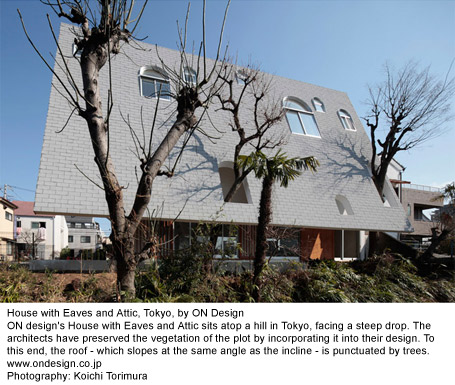Priorities have changed radically since we last took an in depth look at the Japanese architectural landscape. The country is now anxious to pull its economy out of a recession stemming from March's devastating Tōhoku Earthquake and tsunami, as well as the problems related to the stricken Fukushima nuclear plant. The natural disaster plunged the Asian nation, the world's third-richest economy, into its worst crisis since World War II, but widespread reconstruction works are now underway, with architects taking a key role in the most damaged areas, constructing temporary relief facilities as well as new sustainable master plans. The design community has also come to the fore, expressing its support with art, graphics and products in the hope of raising money.
Current power shortages have forced the Japanese to limit their energy consumption, a phenomenon that architects have picked up on as a new starting point of design. Fresh ideas on living 'the old way' (a traditional Japanese house was built to resists its souring hot summers without the use of air-conditioning) are characterising new designs and the architects are making a virtue of necessity. Here, we take a look at several of the small building projects that are currently sprouting up in the country, all of which have been designed with freshly environmentally conscious minds.
See more of Japan's latest breed of eco-sensitive small building projects












 打印版本
打印版本


















读者回应
when we discover our mortality is the door to freedom.
patrick hall
请先登入再使用此功能。